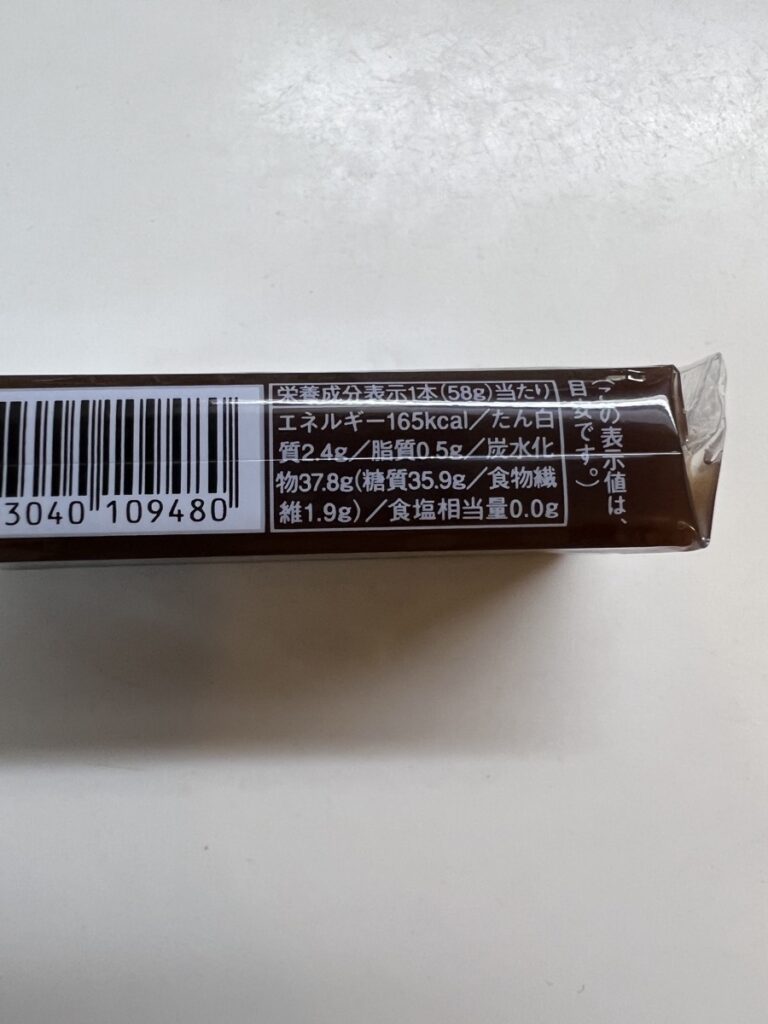
Have you ever come to Japan and wondered what kind of Japanese sweets you like or what you should eat?
Since you came all the way to Japan, you want to try Japanese sweets!

In conclusion, there are 3 recommended Japanese sweets when you come to Japan! Arranged in a ranking format.
- First place:Yokan
- 2nd place:Red Bean Paste Mochi
- 3rd place:Three-color dumpling
- important point
By the way, I have loved Japanese sweets since I was a child, especially red bean paste sweets.
When you put it in your mouth, it doesn't have a flashy sweetness, but it has a simple and gentle flavor, and I've been eating it for a long time I also like cakes and chocolates, but Japanese sweets have many strengths, so I will introduce them together.
Introducing recommended Japanese sweets.
After reading this article, you will definitely know what to buy.
Introducing 3 recommended Japanese sweets when you come to Japan!
It's right away, but I'm going to introduce you in the ranking format.
First place:Yokan


One of my favorite Japanese sweets is yokan.
This is a sweet confectionery (Japanese confectionery) made from beans called adzuki beans.
Ingredients are also adzuki beans, sugar, and agar (a type of seaweed).
Like yokan, all Japanese sweets (with the exception of some rare matcha jelly, which contains milk) are made from plant-derived ingredients and do not contain any animal products!

In addition, it is healthy because it does not contain milk fat (animal-derived oil) cream used in cakes, cream puffs, and Western confectionery in general.
The nutritional information is posted on the second painting, but the fat content is very low at 0.5g.
It's hard to understand in kanji, so I'll translate it into English. You may not know what is written when you buy it, so please refer to it.
- エネルギー→calorie
- たん白質(タンパク質)→protein
- 脂質→Lipid
- 炭水化物→carbohydrates
- 糖質→Sugar
- 食物繊維→Dietary fiber
- 食塩相当量→salt equivalent
At convenience stores and supermarkets, you can buy a mini-size Yokan for around 80 yen, and a large one for around 120 yen, so it's very reasonable.
Recommended points
- Made with only plant-based ingredients
- No raw materials of animal origin
- almost no fat
- Safe for vegans to eat
I do strength training, running, and weight loss. Anko mochi and three-color dumplings, which will be introduced later, are also the same, but Japanese confectionery is the strongest ingredient as a snack when losing weight because there are few qualities.
2nd place:Red Bean Paste Mochi



Anko is a paste made by boiling the adzuki beans introduced earlier. Of course, it is made of 100% adzuki beans.
Anko mochi is made by wrapping red bean paste with mochi made from glutinous rice. Because it is made from glutinous plant rice, all the ingredients are made from plants.
Of course, the quality is also very low. This is also not flashy sweetness or deliciousness, but it has a simple and gentle taste, and the sweetness of the red bean paste and the moist texture of the rice cake are combined in the mouth, making it a very delicious Japanese confectionery.
Also, the price is very cheap, and if you buy it at a supermarket, you can buy it for about 200 yen for 5 pieces.
The white one is the original color of glutinous rice without coloring. For the green one, the coloring is made from wormwood (a grass used as a coloring agent).

Recommended points
- Made from 100% plant-based
- You can enjoy both red bean paste and mochi
- Safe for vegans to eat
- very low quality
This is one of my family's favorite Japanese sweets. There are 5 pieces and you can share it with your family, so it will be a nice dish.
3rd place:3 color dumpling


The third place is the three-color dumpling.
No red bean paste is used, only mochi. The colors are pink, white and green.
The white and green coloring is the same as mentioned above, and the pink is colored with cherry blossoms, so this dumpling can also be eaten by vegans.
The price is about 100 yen at supermarkets and about 140 yen at convenience stores.
The three colors have slightly different flavors, so you can enjoy three different flavors in one bottle: white is the original taste of glutinous rice, green is the flavor of mugwort, and pink is the flavor of cherry blossoms.
Pink represents spring with cherry blossoms, green represents summer with lush vegetation, and white represents winter with snow.

Recommended points
- You can taste the four seasons of Japan with just one dango
- Less fat of course
- Of course, even vegans can eat with confidence.
important point:Where to buy the above Japanese sweets
Buy the above wagashi at supermarkets, convenience stores, and drugstores.
High-end Japanese sweets shops also have the above Japanese sweets, but the prices are still high because they are all high-end items.

Of course, even high-end Japanese sweets shops have surprisingly delicious Japanese sweets.
There are many wagashi that are so beautifully made that it would be a waste to eat them, but in this article, I introduced cheap ones that you can buy anywhere.
Points to note
- It is better not to buy it at high-end Japanese confectionery shops (due to price issues).
- Luxury Japanese sweets are of course delicious
summary(3 recommended Japanese sweets when you come to Japan)
If you come to Japan, we have compiled a list of 3 recommended Japanese sweets in a ranking format.
- First place:Yokan
- 2nd place:Red Bean Paste Mochi
- 3rd place:3 color dumpling
- important point:Where to buy Japanese sweets
